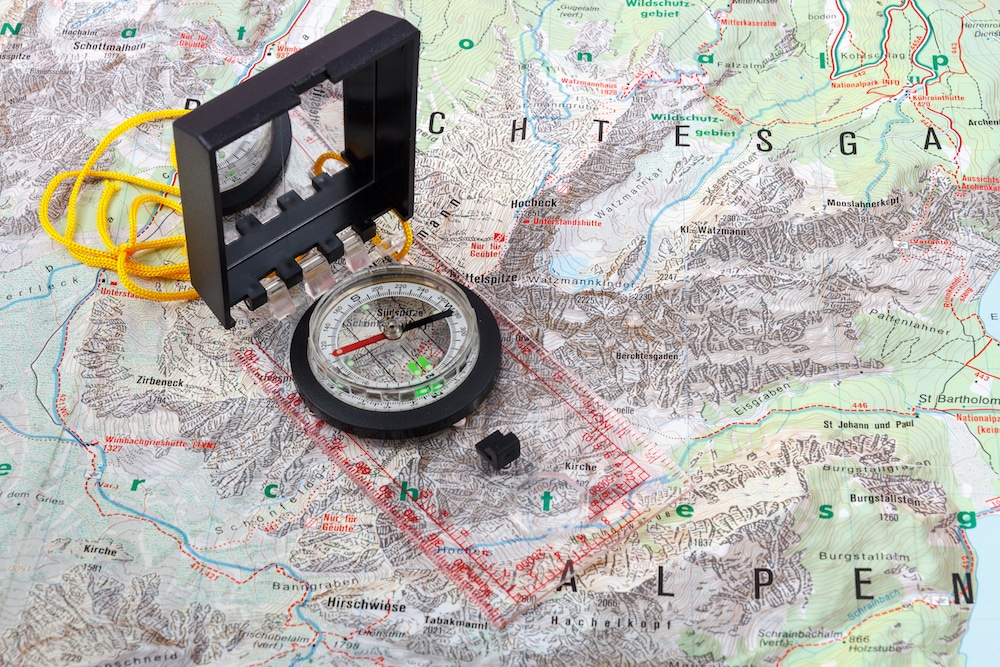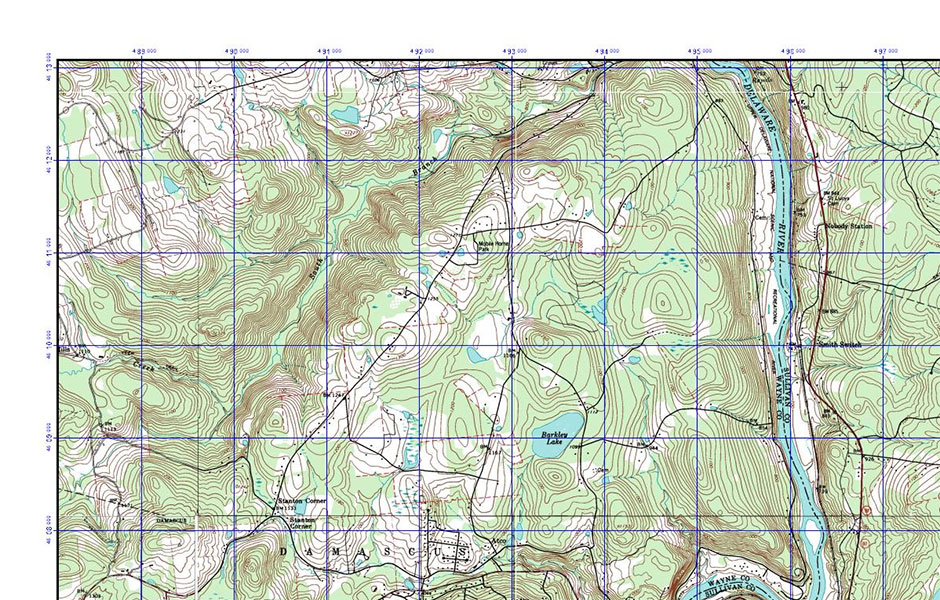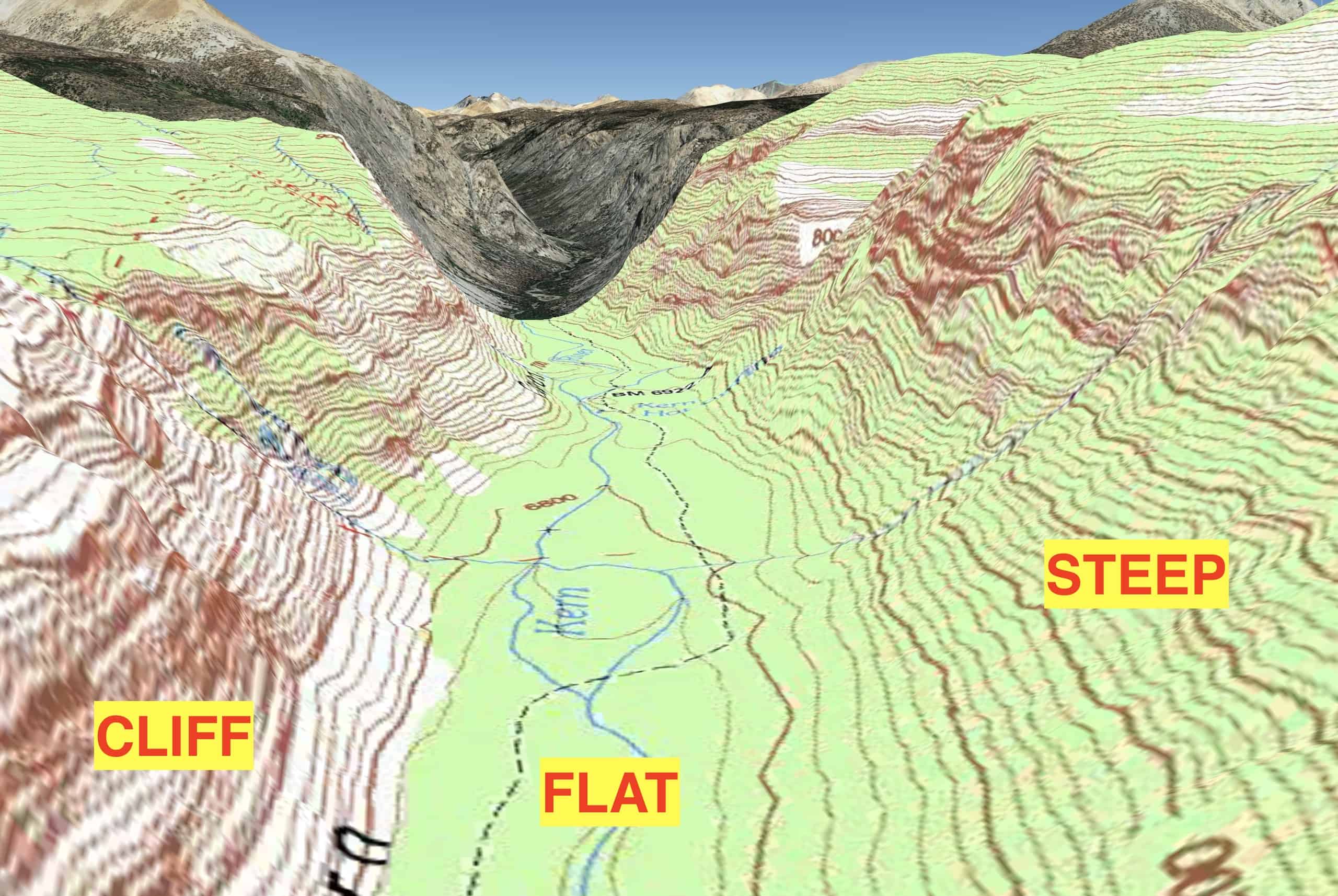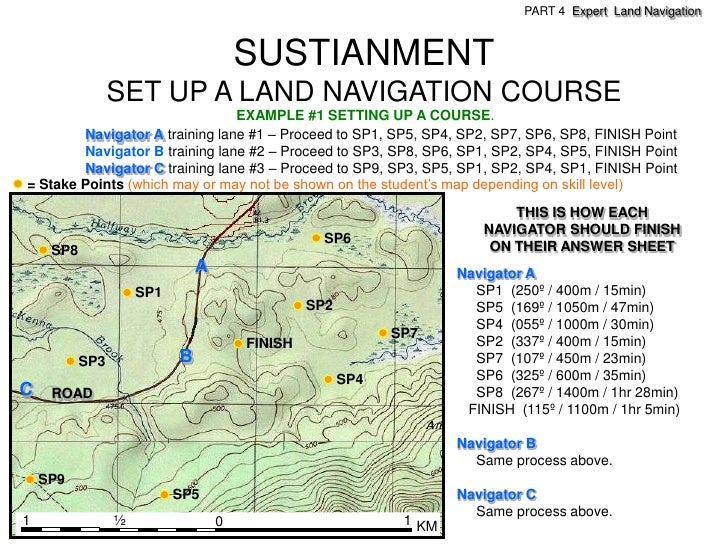Navigating the Terrain: A Comprehensive Guide to Map Support
Related Articles: Navigating the Terrain: A Comprehensive Guide to Map Support
Introduction
In this auspicious occasion, we are delighted to delve into the intriguing topic related to Navigating the Terrain: A Comprehensive Guide to Map Support. Let’s weave interesting information and offer fresh perspectives to the readers.
Table of Content
Navigating the Terrain: A Comprehensive Guide to Map Support

In an increasingly interconnected world, the ability to navigate and understand spatial information is paramount. This is where map support emerges as a critical tool, enabling individuals and organizations to effectively interact with, interpret, and utilize geographical data. This article delves into the multifaceted nature of map support, exploring its diverse applications, underlying principles, and significant benefits.
Understanding the Foundation: What is Map Support?
Map support encompasses a wide array of services, technologies, and resources that facilitate the creation, analysis, and utilization of maps. It encompasses various aspects, including:
- Geographic Information Systems (GIS): GIS platforms allow for the collection, storage, analysis, and visualization of geographical data. They provide powerful tools for spatial analysis, enabling users to understand relationships, patterns, and trends within geographic data.
- Mapping Software and Tools: These tools, ranging from basic mapping applications to advanced software suites, empower users to create, edit, and share maps. They offer features for data visualization, map creation, annotation, and analysis.
- Geospatial Data Sources: Map support relies on a diverse range of geospatial data sources, including satellite imagery, aerial photographs, topographic maps, and geodetic surveys. These sources provide the raw material for creating and updating maps.
- Map Projections and Coordinate Systems: Understanding map projections and coordinate systems is crucial for accurately representing the Earth’s curved surface on a flat map. Different projections are suitable for specific purposes and geographic areas.
- Cartographic Principles: Map support draws upon principles of cartography, the science and art of mapmaking. These principles guide the design and presentation of maps to ensure clarity, accuracy, and effectiveness in communicating spatial information.
Applications Across Industries and Disciplines:
Map support finds applications in a wide range of fields, including:
- Urban Planning and Development: Maps help planners visualize urban growth patterns, identify infrastructure needs, and assess the impact of development projects.
- Environmental Management: Mapping tools are crucial for monitoring environmental changes, tracking deforestation, and managing natural resources.
- Transportation and Logistics: Map support enables efficient route planning, traffic management, and the optimization of transportation networks.
- Emergency Response and Disaster Management: Maps play a vital role in coordinating rescue efforts, assessing damage, and providing critical information during emergencies.
- Business and Marketing: Businesses utilize maps for market analysis, site selection, and targeted marketing campaigns.
- Education and Research: Map support facilitates geographic education, research, and the exploration of spatial relationships.
- Government and Public Administration: Maps are essential for land management, infrastructure planning, and public service delivery.
Benefits of Map Support: A Comprehensive Perspective
The adoption of map support brings numerous benefits, including:
- Improved Decision Making: By providing a visual representation of spatial data, maps enhance situational awareness and enable informed decision-making.
- Enhanced Communication: Maps serve as a powerful communication tool, conveying complex spatial information clearly and concisely.
- Efficient Resource Management: Maps aid in optimizing resource allocation, reducing waste, and improving efficiency in various sectors.
- Increased Accuracy and Precision: Map support enhances accuracy and precision in data analysis, leading to more reliable results.
- Facilitated Collaboration: Maps foster collaboration by providing a shared platform for visualizing and analyzing spatial data.
- Enhanced Understanding of Spatial Relationships: Maps reveal patterns, trends, and relationships within geographic data, fostering a deeper understanding of the spatial world.
- Improved Public Engagement: Maps can be used to engage the public on issues related to land use, infrastructure, and environmental management.
Frequently Asked Questions (FAQs) about Map Support:
Q: What are the different types of maps?
A: Maps can be classified based on their purpose, scale, and content. Common types include topographic maps, thematic maps, road maps, nautical charts, and aerial photographs.
Q: How can I learn to use map support tools?
A: Many online resources, tutorials, and courses are available to learn the fundamentals of map support. Consider exploring platforms like ArcGIS Online, QGIS, and Google Earth.
Q: What are the key considerations when choosing a map support tool?
A: Factors to consider include the specific needs of the application, the required functionality, data compatibility, and cost.
Q: What are some examples of map support in action?
A: Examples include using GIS to analyze crime patterns, mapping deforestation trends using satellite imagery, or planning evacuation routes during natural disasters.
Tips for Effective Map Support Utilization:
- Define Clear Objectives: Clearly articulate the purpose and goals of using map support to guide data selection and analysis.
- Choose the Right Tools: Select mapping tools and data sources appropriate for the specific application and desired outcomes.
- Ensure Data Quality: Use accurate, up-to-date, and reliable data sources for effective map creation and analysis.
- Maintain Data Security and Privacy: Implement appropriate security measures to protect sensitive geographic data.
- Communicate Effectively: Present maps clearly and concisely, tailoring them to the audience and intended message.
- Continuously Evaluate and Improve: Regularly assess the effectiveness of map support strategies and make adjustments as needed.
Conclusion:
Map support plays a crucial role in navigating the complexities of our spatial world. It empowers individuals and organizations to understand, interpret, and utilize geographical data effectively. By leveraging its diverse applications, benefits, and principles, we can unlock the potential of map support to enhance decision-making, improve resource management, and foster a deeper understanding of our interconnected planet. As technology continues to advance, map support will undoubtedly play an increasingly vital role in shaping our future.








Closure
Thus, we hope this article has provided valuable insights into Navigating the Terrain: A Comprehensive Guide to Map Support. We appreciate your attention to our article. See you in our next article!